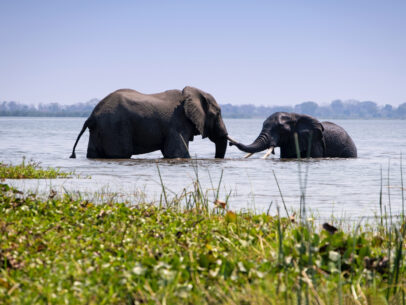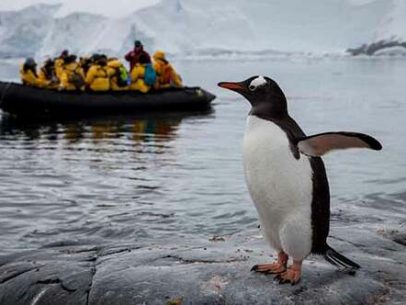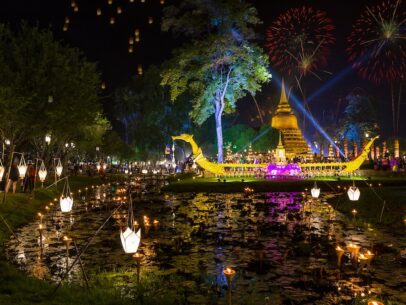
The Bird’s Word Blog
Seeing Tigers in the Wild

This week international leaders and environmental ministers gathered in St. Petersburg, Russia, to discuss dramatic declines in wild tiger populations across Asia. Tigers have been exterminated from most of their range which once stretched from the Mediterranean to Siberia, Korea and Bali. Now your best chance to see a tiger in the wild is in one of the nature reserves or national parks of India or Nepal. Even here the animals are still under threat from illegal hunters seeking their skins, reputed medicinal body parts, or as illegal pets. According to the NY Times report or the meeeting, saving the tiger, an animal associated with royalty, fierceness and solitary has a special appeal for leaders like Vladmir Putin who is front and center in the political imagery of tiger conservation. Even the much disparaged military junta of Myanmar is behind the effort and has created the largest tiger reserve on earth. We visit this sanctuary on the JOURNEYS Tiger Trails of Northern Burma, a trip I will be leading next January. It is exceptionally rare to actually see a wild tiger in Burma, Siberia, Sumatra, Bhutan or China where diminishing, secretive populations still exist. Preserving tiger habitat is critical to the thousands of smaller, less-politically or esthetically charismatic species which are equally endangered by expanding human populations and natural habitat destruction. We hope this international effort, supported even by the World Bank, will result in a reversal of the tiger trend toward extinction. In the mean time, if you are eager to see or photograph a tiger in the wild while you still can, we suggest our Great India Tiger Safari or our India Great Cats Safari as the closest to a certain opportunity.

Design an adventure with Journeys International!
With over 40 years of experience, we create experiences that match your goals.
Start Planning






